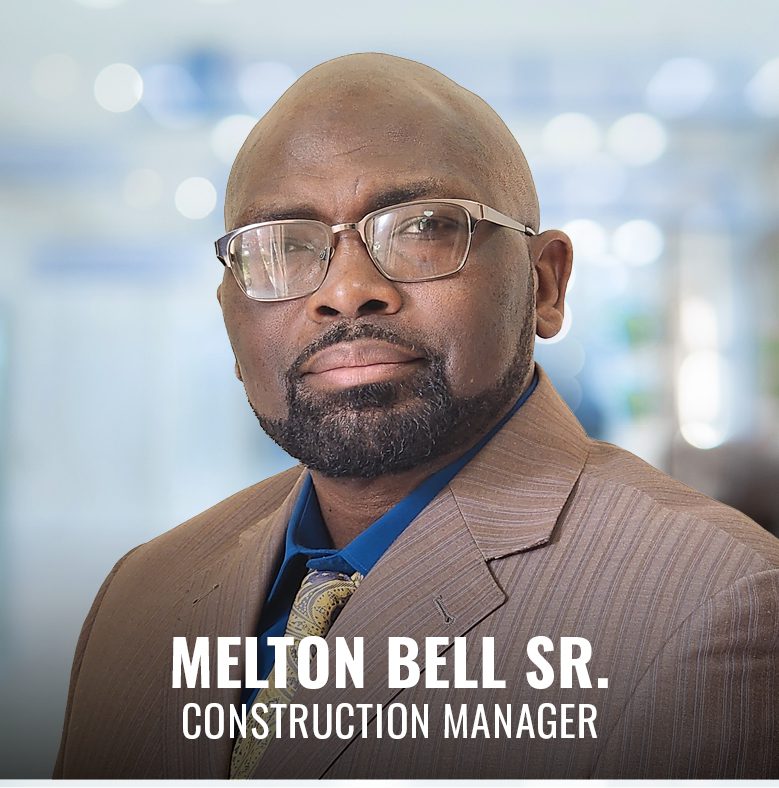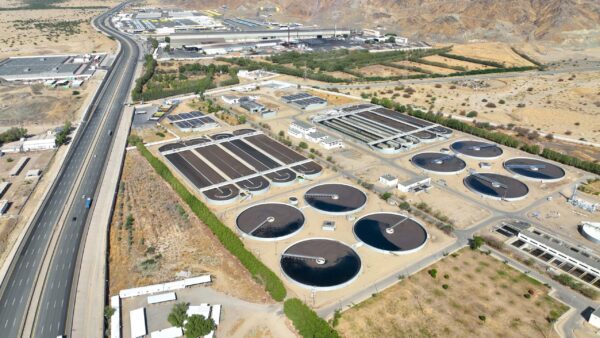
August 27, 2025 | Articles

Throughout the U.S., water and wastewater utilities contend with threats to their water sources, supply contaminants and associated legislation, aging infrastructure, droughts and natural disasters, and staffing issues—all while facing budget deficits and pressure to keep prices low for consumers.
Against this backdrop, water and wastewater utilities have to manage many risks and challenges in implementing their capital improvement programs. Program inefficiencies, poor designer or contractor performance, rework, unexpected conditions, and scheduling conflicts are only a few of the issues that can drive costs up, lengthen schedules, or impact construction quality. Because water and wastewater programs can involve years of construction in residential neighborhoods, street and/or sidewalk closures, service disruptions, unexpected sewage smells, and, sometimes, rate hikes, these programs also face major public relations challenges.
A Case Study in Public Relations Breakdown
In 2018 and 2019, I worked on a multi-hundred-million-dollar wastewater program for a medium-sized city in the Southern U.S. The program involved enhancing the city’s outdated sewer collection system and treatment facilities to eliminate sanitary sewer overflows, protect water quality, and deliver a system in compliance with all federal and state requirements.
Specific projects included repair or reconstruction of pipes, manholes, pump stations, and wastewater plants. With regards to design and construction, the city’s program team was capable, familiar with the means and methods, and had the required technical and managerial know-how.
While successful by many measures and extremely important for the city, the program struggled with public relations. As an assistant construction manager, I was leading projects in the field and often became the de facto representative for public relations. It’s not uncommon for field staff to handle questions and concerns from the public, but the program team lacked a cohesive public relations strategy to manage the incoming questions, concerns, and complaints. That resulted in an inundation of community concerns that were not always delivered to the right point of contact or addressed in a timely fashion, leading to public frustration.
Without the right public relations strategy, we also experienced management capacity misalignment. For example, I sometimes spent three or four hours of a one-hour forum talking about cracking concrete, dug-up yards, smells, and the removal of trees and shrubbery with community members. That was important work, but when a program team is undertaking more public relations than expected, it can reduce the team’s capacity to manage design, construction, commissioning, and closeout activities.
In addition to frustrating the community and reducing a program team’s management capacity, the lack of an effective public relations strategy can expose local and even state government, as well as other program stakeholders, to complaints and criticism. In the worst-case scenario, this kind of public pressure can impact the feasibility of continued utility infrastructure upgrades, no matter how crucial.
Program Management Solutions
The public relations challenges we faced on the program described above were not any one person or group’s fault, and the success of the program in other areas, despite the challenges with public relations, is a testament to the hard work of the city and their program team. It is extremely difficult to anticipate and plan for a long program’s public relations requirements. That’s why water and wastewater utility capital programs require formal stakeholder engagement plans and communication plans implemented by a program management team with public relations experience.
Experienced program management partners can more accurately anticipate the management capacity needed for public relations services based on the program’s size and scope. Program managers can then customize a stakeholder engagement plan to help ensure processes are in place for engaging and building relationships with the public, assessing public needs and concerns about the program, establishing and managing expectations, communicating information about the work and its impacts, and receiving community feedback. By designating channels for communications and repositories for program information, communication plans help streamline stakeholder engagement, reduce the need for answering the same questions over and over again, and make certain public feedback informs program planning.
An experienced program management partner can also work with owners to make sure staff who are knowledgeable about the program, its stakeholders, and its construction processes have sufficient capacity to serve as designated points of contact, meet with the community, answer questions, share information, and establish and manage expectations throughout a program’s life cycle. By incorporating public relations into the management scope at an early stage, program managers and owners will also develop more realistic staffing and budget requirements.
Water and wastewater utilities have changed a great deal since I started working in the industry as a treatment plant operator in the 90s. Exciting new technology, a new understanding of how contaminants and natural disasters impact our supplies, and new legislation are all shaping the industry’s operations and projects. However, as long as water and wastewater owners continue to implement capital construction programs to maintain affordable systems, protect our water sources, and ensure clean and drinkable water for all, the need for community outreach will always be important. By partnering with the right program management partner, owners will be able to implement effective stakeholder engagement and communication plans and deliver their capital programs in partnership with their communities.

About the Author
Construction Manager Melton Bell Sr. has more than 22 years of experience in the public and private spheres, as well as in the U.S. Armed Forces. He works out of Hill International’s office in Irving, TX. With operational and project expertise in the water/wastewater sector, including work at multiple treatment plants in Louisiana and levee and pump reconstruction after Hurricane Katrina, Melton understands the challenges and constraints utility owners face in upgrading, maintaining, and operating their systems. To speak with Melton about your own water/wastewater project needs, contact him via email at [email protected].
To learn more about Hill’s water/wastewater experience, please visit: https://www.hillintl.com/environmental/.
Share

August 27, 2025 | Articles

August 12, 2025 | Articles
Hill Welcomes Ben Schwenk as Senior Vice President in the Kingdom of Saudi Arabia

July 27, 2025 | Articles
The Infrastructure Puzzle: Robert Regalado’s Wholistic Business Development Approach

July 13, 2025 | Articles
Tech-Forward Contracting: A Much-Needed Construction Solution

June 23, 2025 | Articles
Jeffrey Hurley Joins Hill’s Northern California Rail Practice

June 23, 2025 | Articles
Ready, Set, Grow: First VP Chad Koelling Takes Charge of Hill’s Mountain West Region

June 8, 2025 | Articles
PMO in Saudi Arabia: The Holistic Approach to Realizing a National Mega-Portfolio